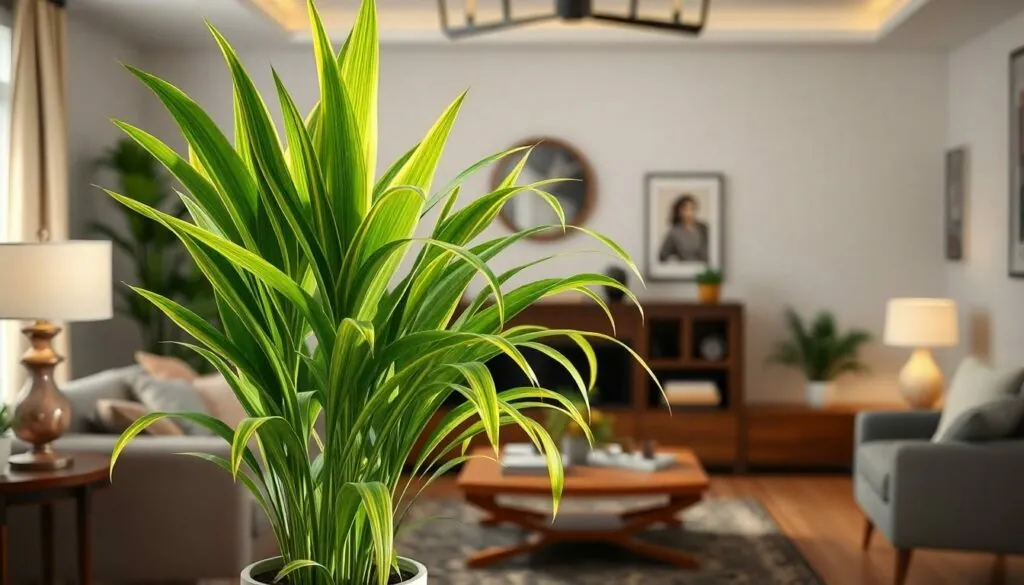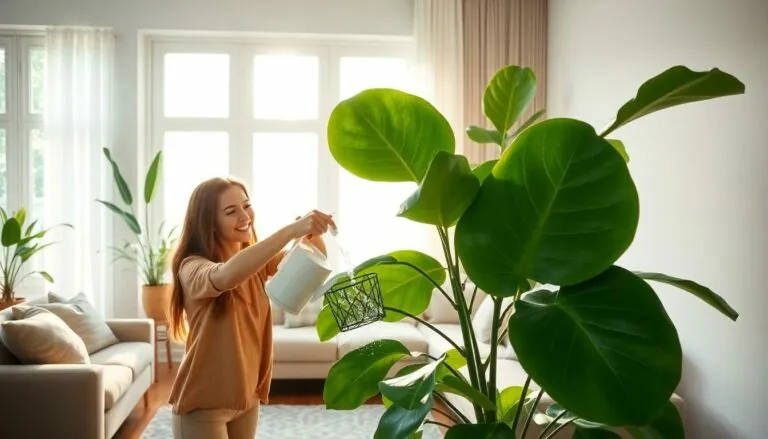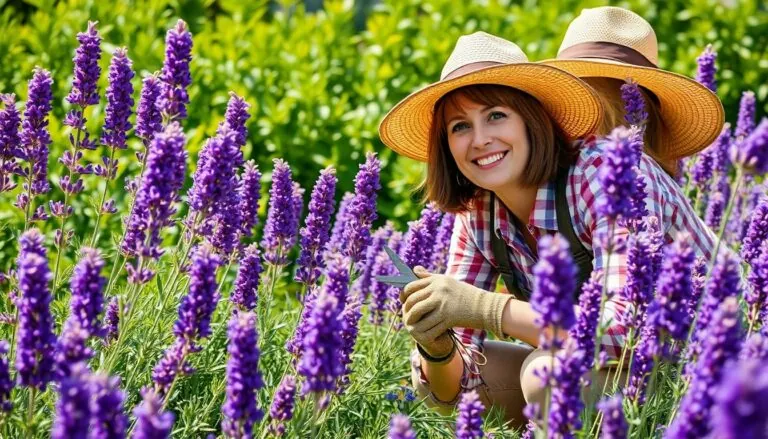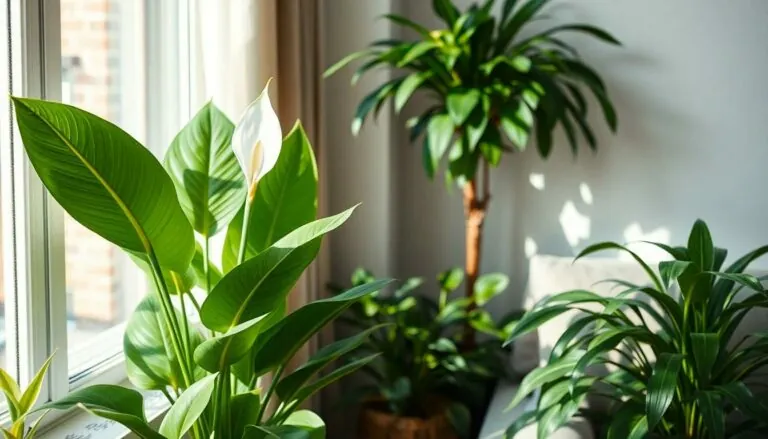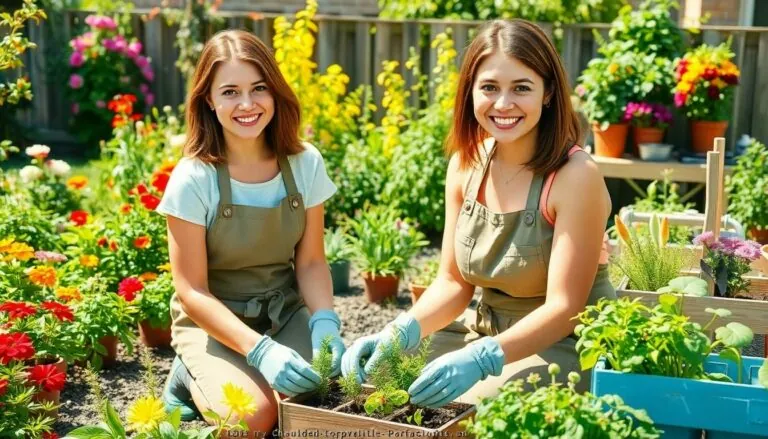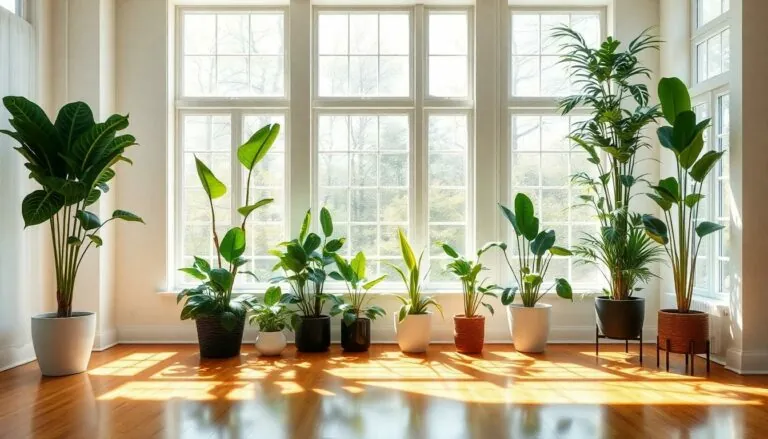Table of Contents
ToggleCorn plants, or Dracaena fragrans, aren’t just for farmers anymore. These leafy wonders have made their way into homes, bringing a touch of the outdoors inside. With their tall stalks and lush green leaves, they’re like the cool friend who always knows how to lighten the mood. But let’s be honest—caring for a corn plant can feel like trying to keep a cat off the counter. It’s not impossible, but it takes a bit of finesse.
Fear not! With the right tips and tricks, anyone can become a proud corn plant parent. Whether you’re a seasoned plant whisperer or a self-proclaimed plant killer, this guide will help you navigate the ins and outs of corn plant care. Get ready to impress your friends with your newfound green thumb while keeping your corn plant thriving and happy. Who knew indoor gardening could be this fun?
Understanding the Corn Plant
Corn plants, known scientifically as Dracaena fragrans, thrive indoors and enhance living spaces with their lush greenery. These ornamental plants often grow up to 10 feet tall, bringing a tropical feel to home environments.
Origin and Characteristics
Corn plants originate from tropical regions in Africa. They typically feature long, narrow leaves that can reach 3 feet in length, arching gracefully from thick stems. Variegated varieties highlight green and yellow stripes, adding visual interest. These plants adapt well to various lighting conditions, though they prefer bright, indirect sunlight. Growth rates vary, with optimal conditions promoting new leaves and increased height. Indoor environments ensure their hardiness, showcasing resilience against dry air and fluctuating temperatures.
Benefits of Having a Corn Plant
Having a corn plant offers significant advantages in both aesthetics and air quality. They act as natural air purifiers, effectively removing toxins like formaldehyde and benzene from indoor spaces. Corn plants also contribute to humidity levels, promoting a healthier atmosphere. Furthermore, these plants require minimal maintenance, making them ideal for busy individuals. Their ability to thrive in low-light conditions adds to their appeal. Additionally, they enhance home décor, bringing a touch of nature indoors and creating a calming ambiance.
Essential Care Tips
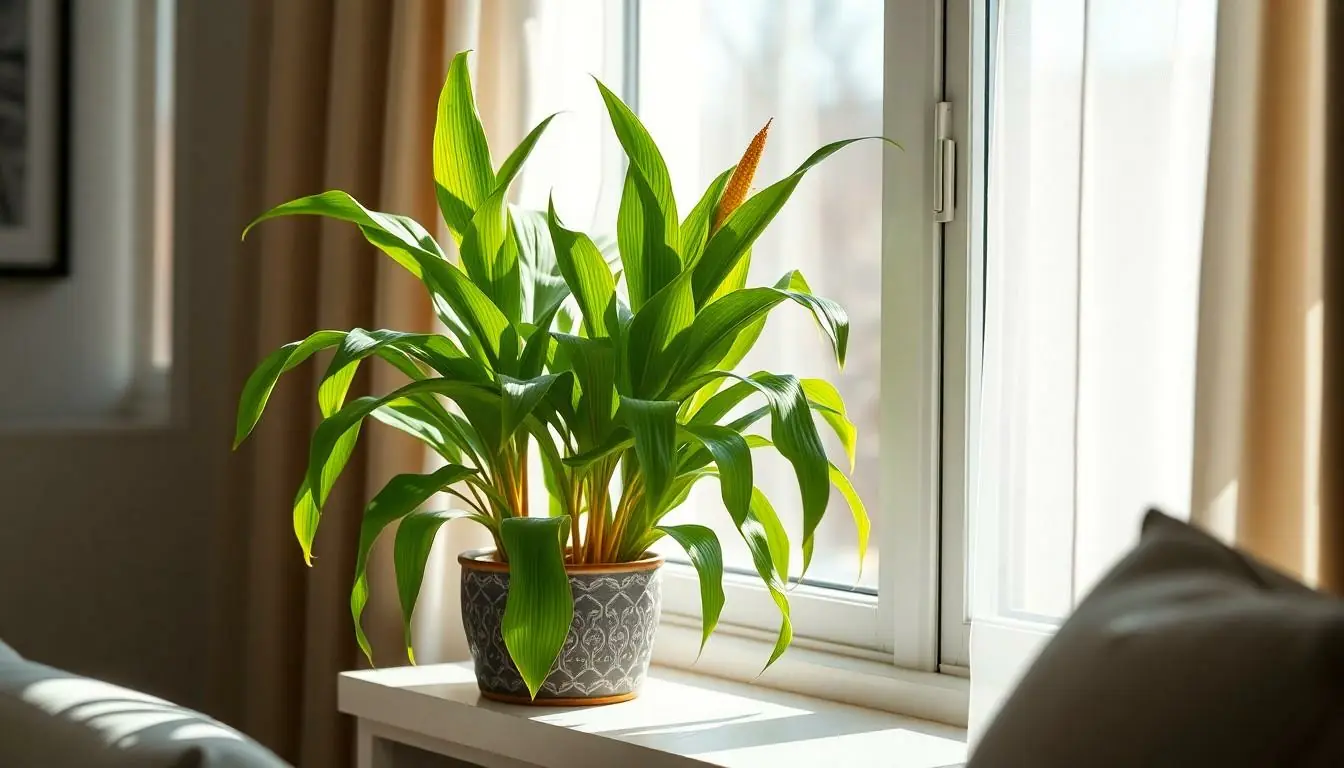
Caring for a corn plant involves understanding its specific needs. Following these essential tips can lead to a thriving and vibrant indoor plant.
Light Requirements
Corn plants thrive in bright, indirect sunlight. Ideally, place them near a window with filtered light. Lower light conditions may stunt growth, although they can tolerate them. If leaves become pale, the plant likely needs more light. Rotate the plant regularly to ensure even growth on all sides.
Watering Guidelines
Watering requires attention to the plant’s needs. Allow the top 1-2 inches of soil to dry out before watering. Overwatering can lead to root rot, so ensure the pot has drainage holes. During the growing season, water more frequently, typically every 1-2 weeks. Reduce watering in the dormant winter months to prevent excessive moisture.
Soil Type and Fertilization
Choose a well-draining potting mix for optimal growth. A blend of peat, perlite, and compost provides nutrients and drainage. Fertilize corn plants every 4-6 weeks during the growing season with a balanced liquid fertilizer. Reduce fertilization in the dormant season. Proper soil and fertilization enhance growth and maintain healthy foliage.
Common Issues and Solutions
Caring for corn plants may present challenges, but identifying issues quickly leads to effective solutions.
Pests and Diseases
Corn plants commonly face pests such as spider mites, mealybugs, and scale insects. Thoroughly inspecting leaves for sticky residue or webbing helps spot infestations early. Regularly wiping down leaves improves air circulation and reduces pest presence. Treating affected plants often involves using insecticidal soap or neem oil, which effectively eliminate unwanted pests without harming the plant. Fungal infections, often caused by overwatering, manifest as yellowing leaves or black spots. Addressing moisture levels promptly aids in preventing further spread of diseases.
Signs of Overwatering or Underwatering
Corn plants exhibit clear signs when watering issues arise. Wilting leaves typically indicate both overwatering and underwatering problems. Brown leaf tips suggest underwatering, while yellowing leaves signal overwatering. To manage these conditions, checking the top 1-2 inches of soil before watering is essential. Allowing soil to dry out prevents root rot, a common issue associated with excess moisture. Conversely, if soil feels dry for an extended period, giving the plant a thorough watering boosts hydration levels. Adjusting the watering schedule according to the seasons enhances overall plant health.
Advanced Care Techniques
These techniques enhance the growth and longevity of corn plants. Understanding propagation methods and pruning can significantly improve plant health.
Propagation Methods
Corn plants propagate easily through stem cuttings. Take healthy cuttings with at least one leaf node and place them in water or soil. Roots typically develop within a few weeks, ensuring a successful transfer to soil when they reach 2-3 inches. Additionally, air layering provides another propagation option. This technique involves wounding a branch slightly and wrapping it with moist sphagnum moss. Once roots form, cut the branch and pot it separately. Both methods require patience and proper conditions for optimal results.
Pruning and Maintenance
Regular pruning encourages bushier growth in corn plants. Focus on removing yellowing or unhealthy leaves to promote better air circulation and light penetration. A sharp, clean pair of shears assists in making neat cuts, minimizing stress on the plant. Seasonal maintenance keeps plants thriving. Fertilize with a balanced houseplant formula during the growing season to support growth. Inspect plants for any signs of pests and treat them promptly by wiping leaves with a damp cloth or using insecticidal soap.
Caring for a corn plant can be a rewarding experience that brings life to any indoor space. With the right attention to light, water, and soil conditions, these resilient plants can thrive and enhance your home. Regular maintenance practices like pruning and pest inspections are essential for keeping them healthy and vibrant.
By understanding their unique needs and following the care tips outlined, anyone can enjoy the beauty and benefits of corn plants. As they grow, these plants not only purify the air but also create a soothing environment, making them a perfect addition to any home. Embrace the journey of indoor gardening and watch your corn plant flourish.

